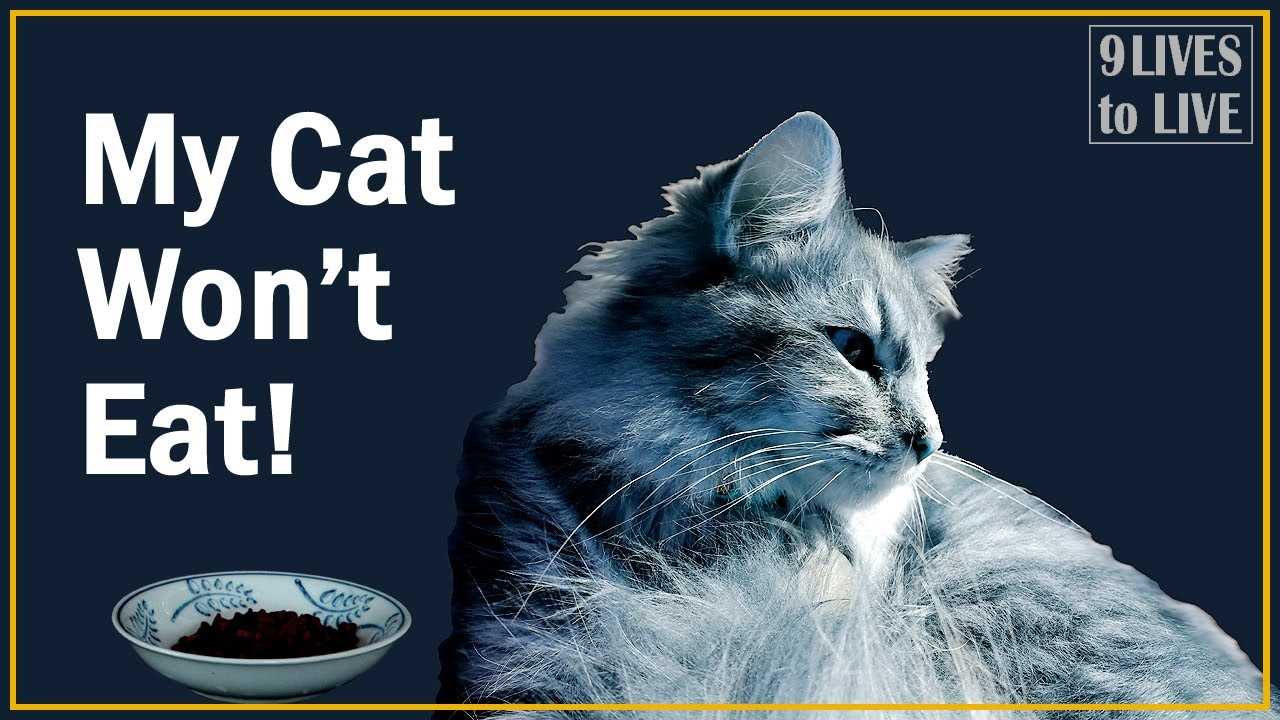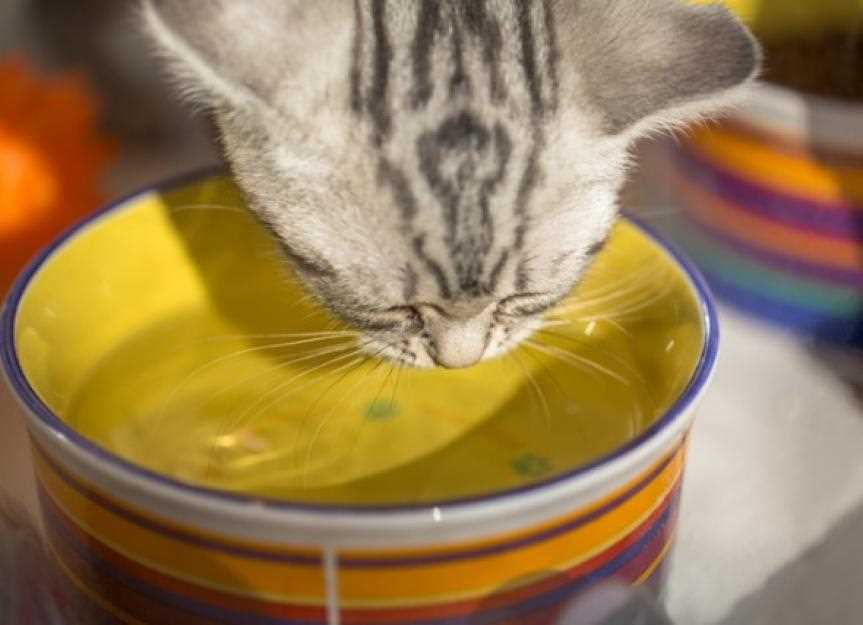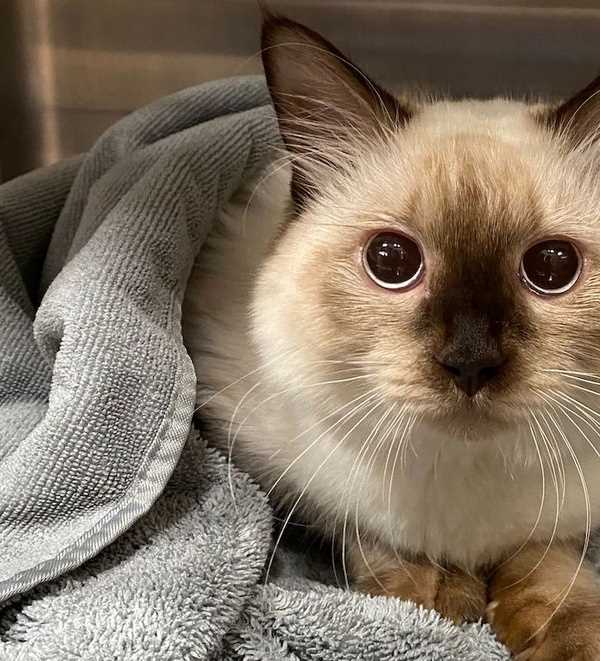



First, make sure my surroundings are calm and free from stress. Cats are sensitive to changes in their environment, which can affect my appetite. If there are loud noises or unfamiliar visitors, I might choose to skip food and hydration.
Next, check if my food is fresh. Stale or spoiled items can deter me from indulging. It’s crucial to serve high-quality, palatable options that excite my taste buds. If I’ve been offered the same meal repeatedly, consider switching it up to entice my interest.
If I seem lethargic or display other unusual behaviors, a visit to the vet is essential. Health issues, such as dental problems or gastrointestinal discomfort, can significantly impact my willingness to eat or drink. Regular check-ups can help catch any underlying conditions early.
Lastly, ensure I have access to clean water at all times. Cats often prefer running water, so a fountain might motivate me to hydrate more frequently. Keeping my food and water bowls clean also plays a key role in my overall enjoyment.
Common Health Issues Causing Appetite Loss in Cats

Sudden changes in food and water intake can signal underlying health concerns. Conditions like dental disease are frequent culprits; painful gums or loose teeth can discourage any interest in meals. Regular dental check-ups can prevent these issues and maintain oral health.
Gastrointestinal Disorders

Gastrointestinal problems, such as inflammatory bowel disease or parasites, can lead to nausea and discomfort, reducing the desire for food. If you notice other symptoms like vomiting or diarrhea, consulting a veterinarian is crucial for a proper diagnosis and treatment plan.
Kidney Issues
Kidney diseases often manifest as decreased thirst and appetite. Cats may not exhibit obvious signs until the condition has progressed. Routine check-ups can help identify early signs of kidney dysfunction, allowing for timely intervention. Always ensure fresh water is available, as hydration is key to supporting kidney function. Consider discussing options such as specialized diets with your vet.
For those with long-haired companions, maintaining grooming routines is vital. A clean coat can help prevent skin issues, which may also impact overall health and appetite. You might find this shampoo for long hair cats helpful in keeping your furry friend clean and comfortable.
Environmental Factors That Affect Your Feline’s Eating Habits
Temperature plays a significant role in my appetite. When it’s too hot, I tend to lose interest in my food. Keeping my space cool and comfortable can encourage me to munch more. A cozy and well-ventilated area is ideal for my dining experience.
Another factor is the location of my feeding station. If it’s too noisy or chaotic, I may avoid my meals. A quiet corner where I can enjoy my food without distractions is preferable. Ensuring my bowl is in a peaceful spot can make a big difference.
Aromas and Scents
The scents in my environment affect my willingness to indulge. Strong odors from cleaners, air fresheners, or cooking can be off-putting. Keeping my surroundings free from overwhelming smells can help me feel more at ease and open to trying my food.
Social Dynamics
Interactions with other pets can influence my eating habits. If I’m feeling threatened or competitive, I might skip a meal. Providing a separate feeding area can reduce stress and allow me to enjoy my food without any pressure from others.
How Stress and Anxiety Impact Your Feline’s Food Intake
Recognizing signs of stress and anxiety is crucial. If I’m feeling uneasy, my appetite can dwindle quickly. It’s important to monitor changes in behavior closely.
Identifying Stress Triggers
- New environments or sudden changes in routine can disrupt my comfort zone.
- Strange noises, such as thunderstorms or loud parties, might make me reluctant to approach my food.
- Interactions with unfamiliar animals or people can lead to anxiety, affecting my willingness to eat.
Ways to Alleviate Stress
- Creating a safe space with familiar blankets and toys can help me feel secure.
- Consistent feeding times promote a sense of stability, making meals more inviting.
- Using calming products, like pheromone diffusers, can reduce anxiety levels.
Understanding these factors can lead to better management of my eating habits. Addressing stressors promptly keeps my appetite healthy and ensures I remain a happy and content feline.
Recognizing Signs of Illness Related to Eating
If I’m not nibbling on my favorite kibble, pay attention to the signs. Watch for changes in behavior, such as lethargy, hiding, or excessive vocalization. These can indicate discomfort or distress. A sudden disinterest in food, even for a day, should raise a red flag.
Check for any physical symptoms, like drooling, bad breath, or difficulty swallowing. These might suggest dental issues or throat problems. Observe my litter box habits too; if there are changes in bowel movements or urination, it could point to underlying health concerns.
Monitor my weight closely. Unexplained weight loss can signal serious health issues. On the flip side, sudden weight gain paired with food aversion might indicate metabolic disorders. Look at my coat; a dull or unkempt appearance can suggest nutritional deficiencies or illness.
Lastly, if I seem restless or display signs of discomfort when eating, this could mean something is amiss. Quick action can make a significant difference, so consult a vet promptly if you notice these signs. Ignoring subtle changes might lead to bigger problems down the line.
Practical Steps to Encourage Eating and Drinking in Cats

To stimulate interest in food and hydration, offering various textures and flavors can make a significant difference. Experiment with wet food, dry kibble, or a combination of both. Heating the food slightly can enhance its aroma, attracting attention.
Feeding Techniques
Utilize small, frequent meals instead of large portions. This approach can alleviate pressure and make the experience more enjoyable. Additionally, place food and water in different locations; some prefer to drink away from their meals. Clean bowls daily to maintain freshness and appeal.
Engagement Strategies
Interactive feeding toys can turn mealtime into a fun activity. Consider using puzzle feeders that challenge and reward. Offering treats or specially designed snacks can also encourage a more enthusiastic approach to dining.
| Strategy | Description |
|---|---|
| Food Variety | Try different flavors and textures to find what excites. |
| Small Portions | Feed smaller amounts more frequently to reduce pressure. |
| Interactive Feeders | Use toys that dispense food to engage their instincts. |
| Clean Bowls | Ensure food and water dishes are clean to attract interest. |
Consider creating a calm environment during meals, minimizing loud noises or sudden movements. If problems persist, consulting a veterinarian is wise. They can help identify underlying issues that may not be immediately apparent. And if you’re curious about gardening equipment, check out are harry lawn mowers any good.
FAQ:
What could cause my cat to stop eating or drinking?
There are various reasons why a cat may refuse to eat or drink. Illness is a common factor; conditions such as dental disease, gastrointestinal issues, or infections can lead to a decrease in appetite. Stress or changes in the environment, like moving to a new home or the introduction of a new pet, can also affect a cat’s eating habits. Additionally, certain medications or recent vaccinations might cause temporary loss of appetite. It’s important to monitor your cat’s behavior closely and consult a veterinarian if the issue persists.
How can I encourage my cat to eat and drink again?
If your cat is not eating or drinking, there are several strategies you can try to entice them. Offering a variety of foods, including wet food or warm food, can often stimulate interest. Some cats respond positively to strong-smelling foods, so consider trying fish or meat-based options. Ensure that fresh water is readily available, and try different types of bowls; some cats prefer ceramic or glass over plastic. Creating a quiet, comfortable environment can also make your cat feel more at ease. If your cat still refuses to eat or drink after trying these methods, it’s essential to seek veterinary advice.
How long can a cat go without eating or drinking before it becomes serious?
A cat can typically survive without food for about one to two weeks, but going without water is much more critical. Cats can only last for about three to four days without drinking water before experiencing severe health risks, including kidney failure. If your cat has not eaten or drunk anything for more than 24 hours, it’s advisable to consult a veterinarian as soon as possible. Early intervention is key to preventing serious health complications.








